
Rear end of horse, extreme closeup, rear view Stock Photo Dissolve
A horse that rears while hitched to a carriage can fall on the driver and passengers, cause injury to itself, and destroy equipment and objects around it. Once a horse learns this behavior as a way to avoid work or express frustration, it's difficult to stop.

Photo Challenge 26 Equine RearEnd Views HORSE NATION
2. Move your hands and body forward, loosening the reins. While the horse's head is in the air, tilt forward to avoid falling backward and off of the horse. At the same time, relax your grip on the reins, both to avoid pulling back on them and also to eliminate 1 potential cause of the rear itself.
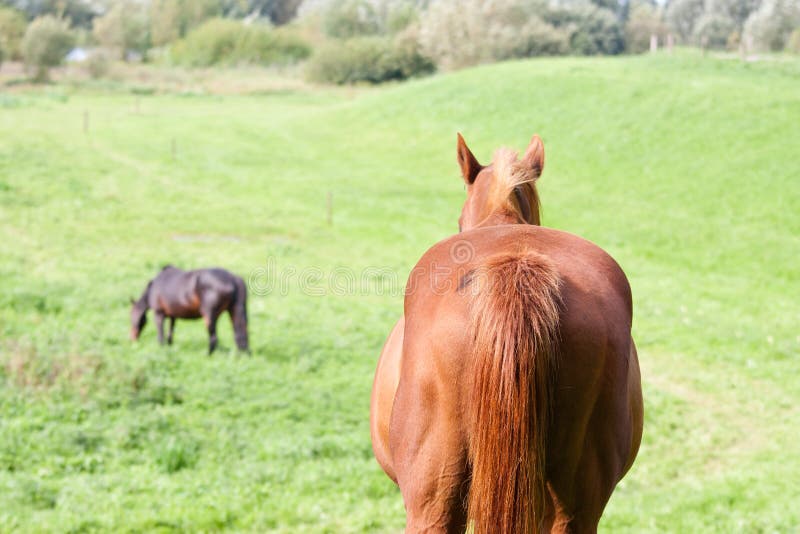
Rear View of a Brown Horse in a Meadow Stock Photo Image of country, green 21254564
Rearing when napping is also common, but the reason behind this is a little different. It is caused by a lack of leadership or respect for the rider . The block though the body is there, but is.

Photo Challenge 26 Equine RearEnd Views HORSE NATION
Rearing is a very dangerous unwanted behavior in horses. Let's take a look at why your horse might display this behavior, and how you can safely overcome it. Like many professionals in the horse industry, I sincerely wish there was an effective "quick fix" for a rearing horse!

Teaching a horse how to rear part 1 YouTube
Part 1 Getting Your Horse Used to Rearing Download Article 1 Lead your horse somewhere quiet so he can focus on you. A place with very few distractions is the best place. You want his complete attention to be on you. You also want your horse to be very relaxed and ready to be trained. Avoid a pasture with other horses or other animals.
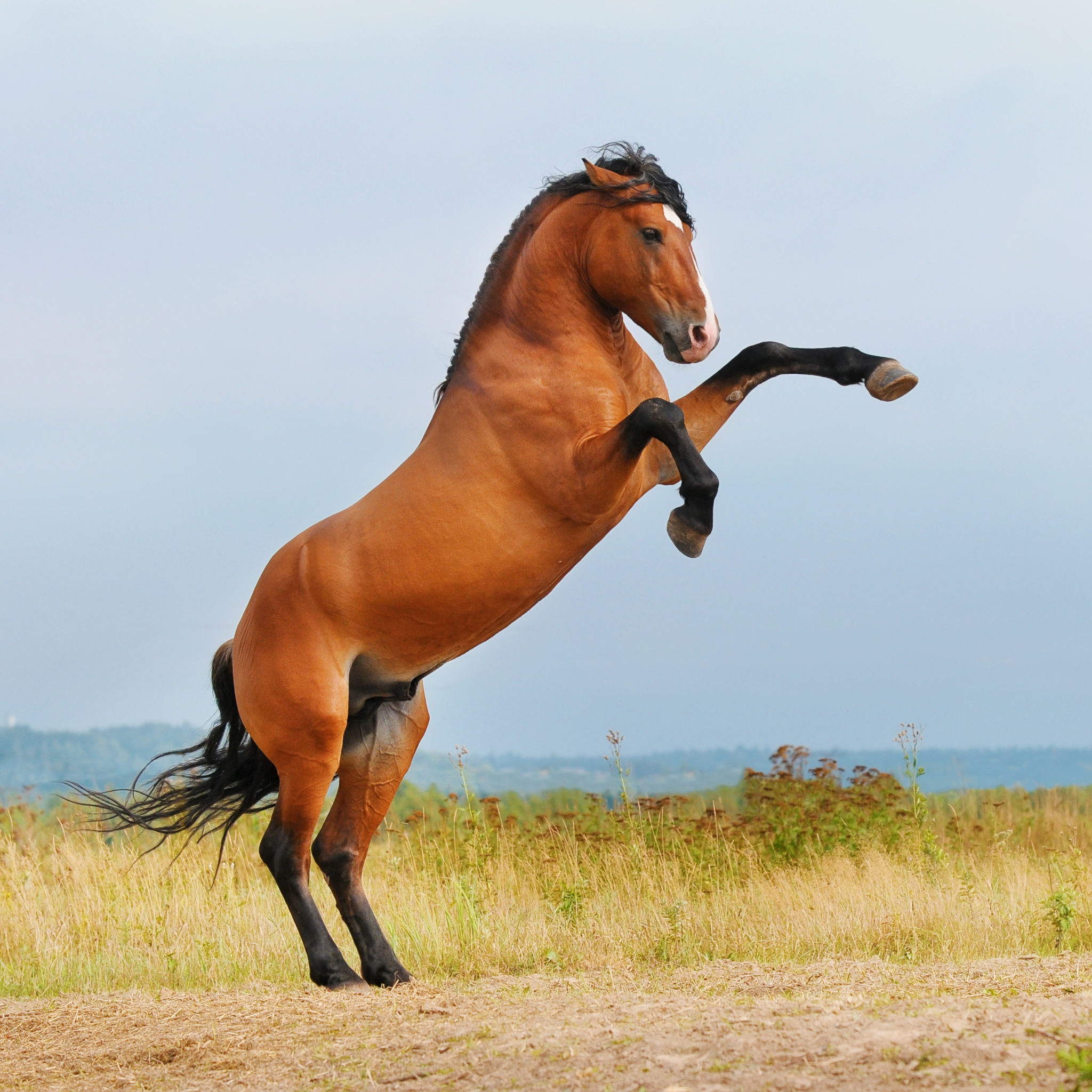
AskHQ The rearing horse HQ Magazine
Rearing is an instinctive reaction in horses, and it's usually triggered by fear or frustration. It's important to be able to recognize the signs of rearing before it occurs, so you can take the necessary steps to prevent it.

stock bay horse back view standing and looking by Nexu4 on DeviantArt Horses, Bay horse, Horse
Push your hands towards the horse's mouth while holding firmly onto the reins to loosen them up. Never pull back when the horse starts to rear. This may cause the horse to rear further, potentially flipping the horse over on top of you. 2. Stay in the center of the saddle.

Thoroughbred Rear View Photograph by Cheryl Poland
1. Poll The poll is a boney protrusion located right behind the horse's ears, where the bridle begins. It's the highest point on the horse's head and may be more pronounced on some breeds than others. The poll's many nerve endings make it a spot that's prone to tension.

old chestnut horse in the sun rear view by Nexu4 on DeviantArt
The muzzle is the part of the horse's head that includes the area of the mouth, nostrils, chin, lips, and front of the nose. The muzzle is very mobile and sensitive. Whiskers help the horse sense things close to its nose and the skin is almost hairless. Beneath the skin is cartilage. Continue to 2 of 29 below.

Horse Rear View Large Butt Back End Stock Photo & More Pictures of Animal iStock
Rearing occurs as a result of fear, confusion, pain, or disobedience. It's your horse's way of saying NO when he doesn't have any other way to get out of what he feels is a bad spot. You can actually cause a rear by overfacing your horse or mixing your signals—such as asking him to go forward while inadvertently hanging on his mouth.
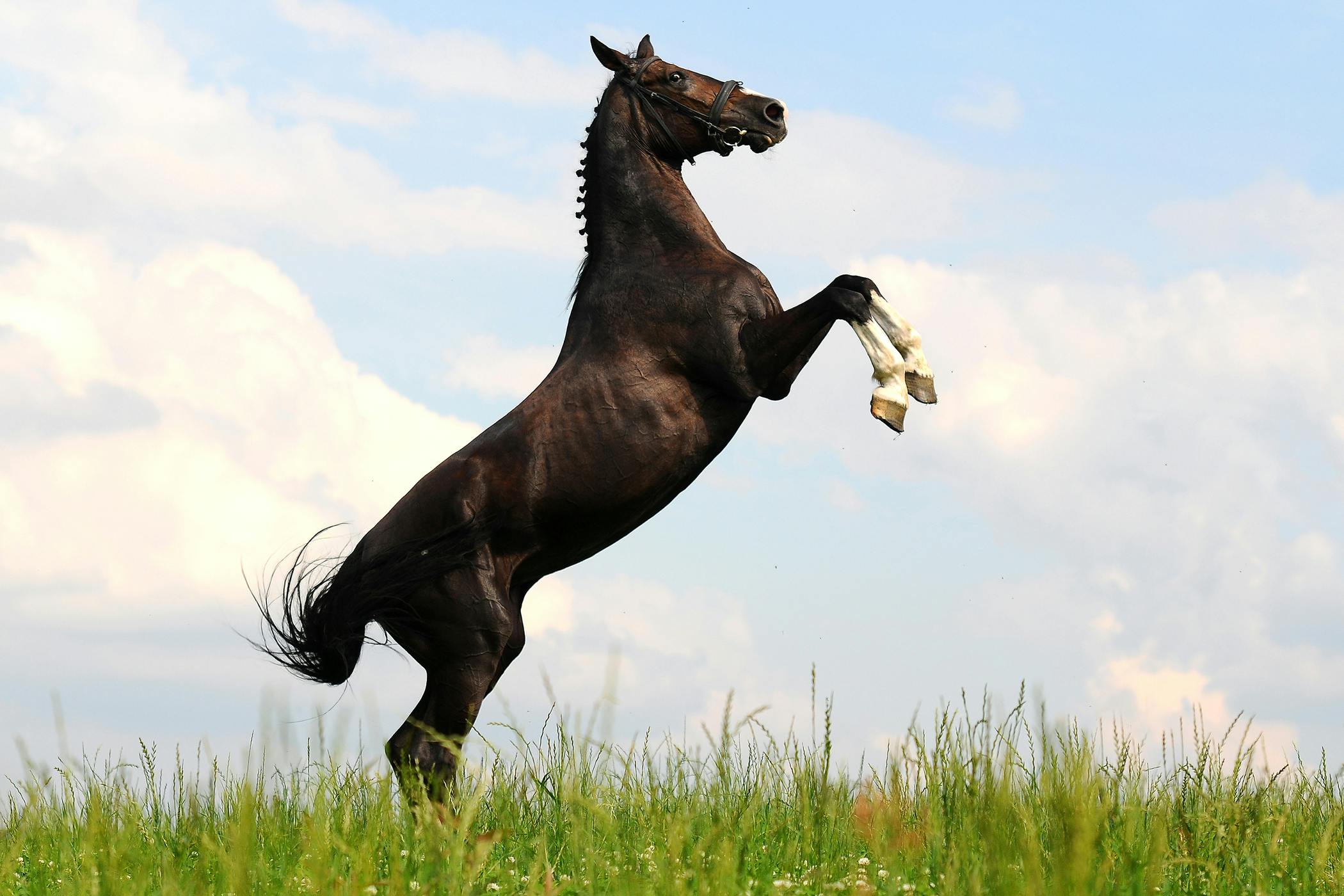
Rearing in Horses Symptoms, Causes, Diagnosis, Treatment, Recovery, Management, Cost
Rearing is when a horse stands on its hind legs with either both or one front leg raised off the ground. It is usually done in response to fear, pain, surprise, or excitement. This can be a startling sight for those watching, but it is rarely dangerous. 9 Reasons Why Do Horses Rear? 1.

Horse rear stock image. Image of livestock, highland 32415745
Absolutely! Horses will rear in the wild, especially when challenging another horse or defending their young. The most common time that a horse would rear up in the wild would be if a stallion is challenging another stallion. Stallions will rear up when fighting to show each other who's boss. When rearing, stallions will bite and strike out.

If It’s Not the Horse, Maybe It’s You HORSE NATION
The pain likely to cause your horse to rear could be in the teeth, feet, from a kissing spine or even soreness in the girth area. Contact your vet for an assessment before moving on to other possibilities. Other reasons a horse may rear include: The rider is holding on too tight. The horse is in panic mode.
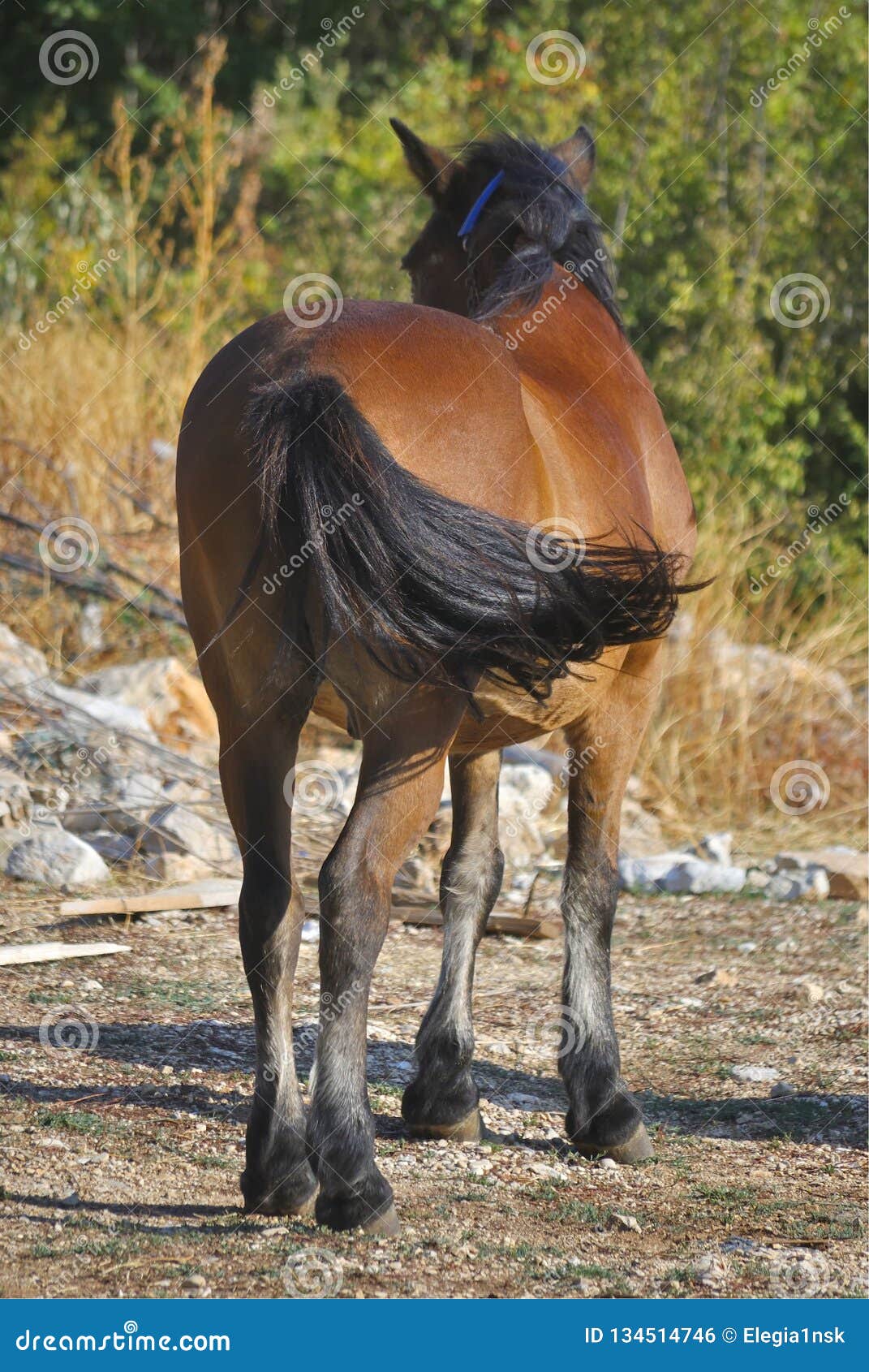
Rear view of brown horse stock photo. Image of horse 134514746
Rearing is dangerous behavior that can quickly escalate into a serious wreck. Gain Respect On the Ground Whatever the cause of rearing, it's a clear sign of disrespect. To gain a horse's respect, you have to move his feet forwards, backwards, left and right and reward the slightest try.

Photo Challenge 26 Equine RearEnd Views HORSE NATION
The main reasons why horses rear are fear, pain, confusion, or behavioral. They can't tell us they're uncomfortable going forward and see rearing as the only way they can escape the situation. Of course, some horses will also use rearing as a way of asserting their dominance over other horses.
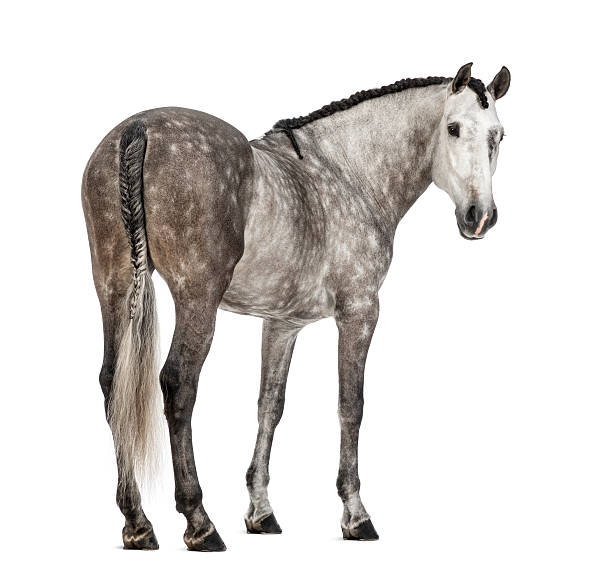
Horse Rear View Tail Gray Stock Photos, Pictures & RoyaltyFree Images iStock
Fear and anxiety: Horses are prey animals, and when faced with a perceived threat or a situation that triggers fear, they may resort to rearing as a means of defense or escape. Pain or discomfort: Physical discomforts, such as ill-fitting tack, back pain, or mouth issues, can cause a horse to rear to relieve the discomfort or avoid further pain.